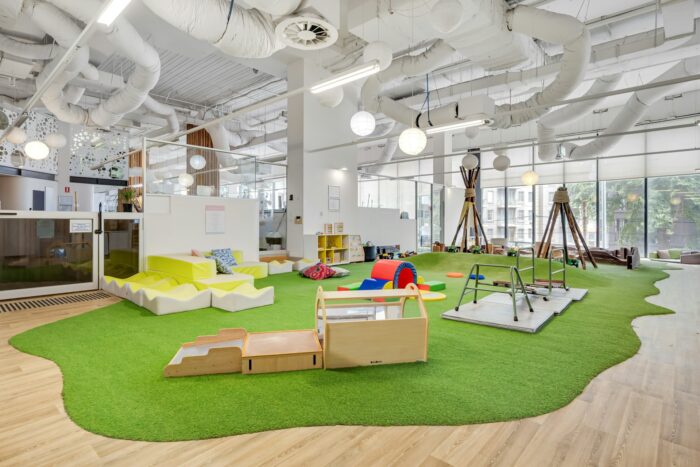Do kids learn better at a desk or while moving around? This debate led to the development and integration of open classrooms. However, after a few years, classroom design has largely reverted back to its traditional form. Steve Drummond investigates the open classroom fad by visiting Benjamin Orr Elementary school, one of the only open schools remaining in Washington D.C. He reports on his experience in this article.
In the 1960s and ’70s, a new school design called the open classroom was introduced. At the time, the US was falling behind in subjects like science and math. People became worried that America’s formal, teacher-led classrooms were crushing children’s creativity. Hence, they pushed for “open” classrooms, with no standardized tests or detailed curricula. Children would be able to learn at their own pace with the coaching of their teachers.

Photo by Lisa Anna on Unsplash.
Findings at Orr Elementary
Drummond interviewed Carolyn Jackson-King, principal of Orr Elementary, on her thoughts regarding the open classroom model. Jackson-King believes that this model allows for better collaboration between teachers. She also explained how it is beneficial for students. “If I’m a first-grader doing second-grade work,” Jackson-King says, “I could easily go over to that second-grade classroom and work.”
Drummond then toured Orr Elementary to see the classrooms in action. He spoke to Tomiko Ball, a teacher, who stated that the open floor plan can be difficult. It is frequently noisy as each classroom is at a different noise level. Her concerns with noise were common among other teachers.
Indeed, the open school design is dying out because it was too loud, distracting, and disliked by teachers. In addition, concerns arose that open schools were too free, and that standards were slipping. The model ended up being an educational fad rather than revolution.
At Orr Elementary, teachers and students had learned to adapt to the open-classroom environment. Still, the school is facing closure. The building will be taken down next year, and DCPS (District of Columbia Public Schools) is in the process of replacing or removing all open schools.
Although the movement did not catch on, the concepts behind open education still thrive: collaboration, independence, and student-centered learning. Ball believes that success is not the floor plan, but rather it is about how teachers work together and with their students.
Categorised in: Uncategorized
This post was written by Helen
